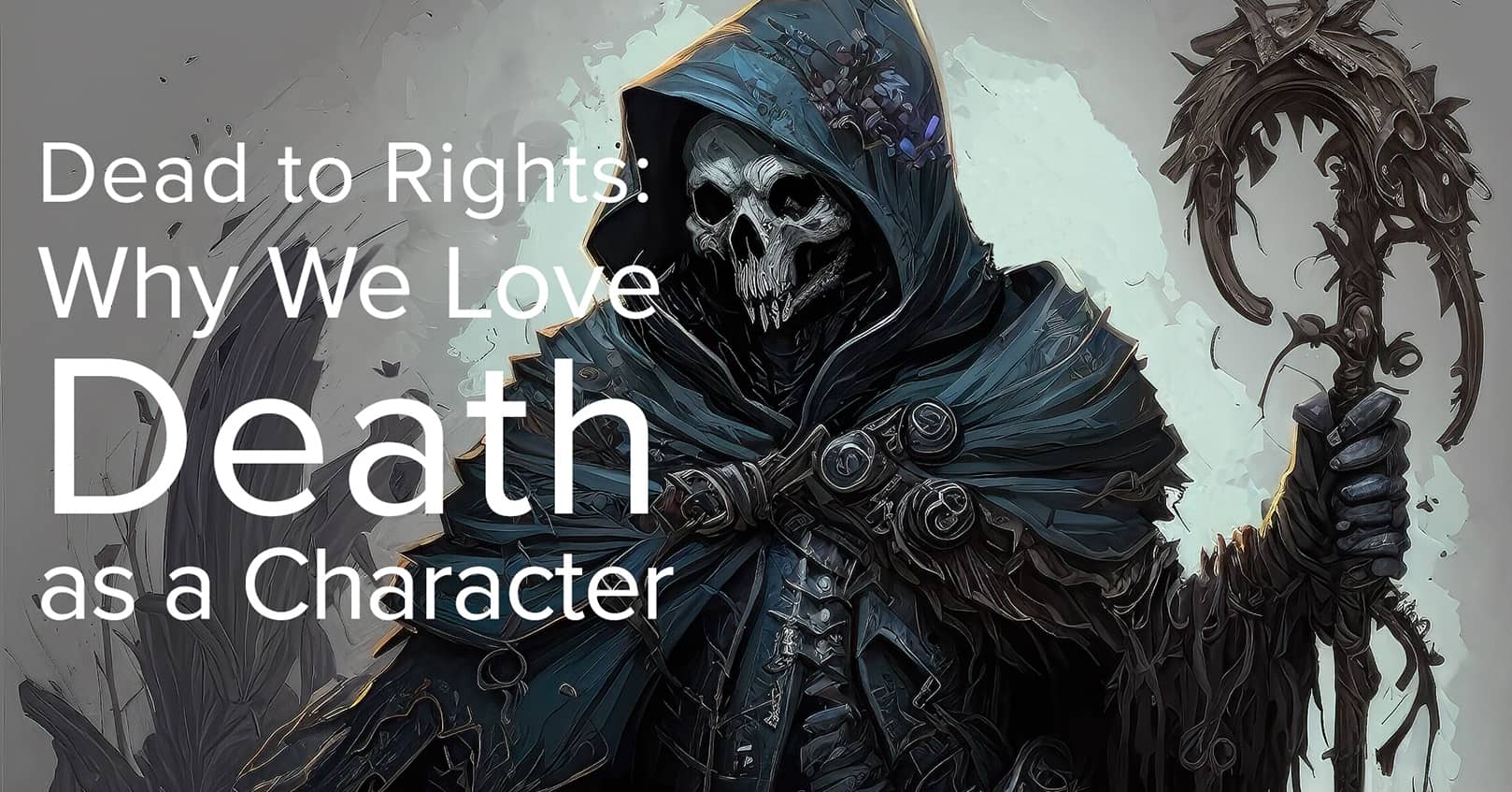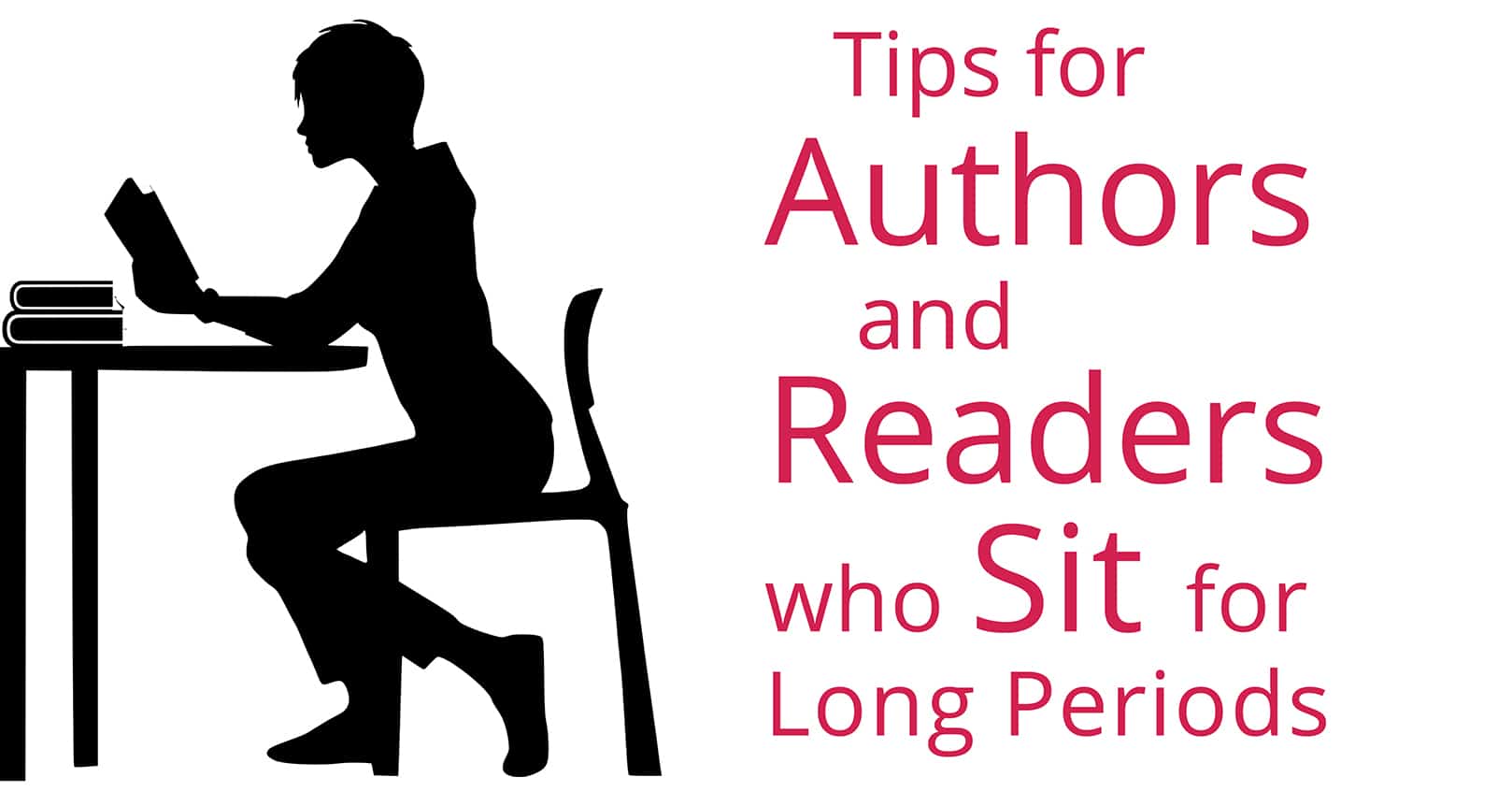
Fiction can help us deal with difficult emotions and allow us a safe space to examine our own fears. In a society that avoids talking about death, novels open up a dialogue with a deeper part of ourselves.
What do books mean to you? Obviously, you all love reading, but what is it about books that somehow affects you more deeply than any other medium of storytelling; more deeply, sometimes, than real life?
Fundamentally, I feel it’s about the interiority: in novels, we have access to the characters’ innermost being in a way we never can in films etc. In a sense, we become them. And that’s why novels can tackle difficult topics—they have the power of emotional depth.
Personally, I love books that bring humanity and clarity to hard subjects such as death. One of the ways in which authors can approach this topic is by making death itself a character. This portrayal of an abstract concept in a human form is known as anthropomorphic personification (try saying that three times, fast!), and the effectiveness of this as a literary technique is best expressed by Terry Pratchett, who penned one of the most iconic representations of Death:
HUMANS NEED FANTASY TO BE HUMAN. TO BE THE PLACE WHERE THE FALLING ANGEL MEETS THE RISING APE.
“Tooth fairies? Hogfathers? Little–”
YES. AS PRACTICE. YOU HAVE TO START OUT LEARNING TO BELIEVE THE LITTLE LIES.
“So we can believe the big ones?”
YES. JUSTICE. MERCY. DUTY. THAT SORT OF THING.
“That’s not the same at all!”
YOU THINK SO? THEN TAKE THE UNIVERSE AND GRIND IT DOWN TO THE FINEST POWDER AND SIEVE IT THROUGH THE FINEST SEIVE AND THEN SHOW ME ONE ATOM OF JUSTICE, ONE MOLECULE OF MERCY. AND YET – Death waved a hand. AND YET YOU ACT AS IF THERE IS SOME IDEAL ORDER IN THE WORLD, AS IF THERE IS SOME…SOME RIGHTNESS IN THE WORLD BY WHICH IT MAY BE JUDGED.
—Hogfather by Terry Pratchett
By humanizing death, we can find this ‘rightness’ in our human condition which allows us to look death in the face. That’s much easier to do if he actually has a face, right? Even if it does tend to be rather bony. The humour in Pratchett’s personification of death is also a way of breaking the taboo surrounding the topic. In Western society, we tend to hide from the reality of our own mortality; since it’s hard to strike up a conversation about it without being considered morbid, we need fiction to fill in the void.
In The Way Back by Gavriel Savit, Death appears in the form of an old woman, based on Jewish mythology. She says, ‘For as much as it frightens each of you to see my face, it grieves me to see each of yours.’ Savit continues by saying:
The Messenger comes for each of us in turn. Because, if by nothing else, we are bound together by her visit. And in this way, it is a kindness. In this way, the Messenger’s terrible face is a reminder that none of us is alone.
This quote displays a common theme of overcoming the fear of death by seeing it as a unifying principal, part of what connects us all as human beings. Death is not a harsh mistress, but the common facet of our lives.
We talk about the ‘miracle of birth’ but what about the ‘miracle of death’? We have the science of death pretty much figured out, but death’s magic and inevitability have been feared and ignored for a long time now.
What if Death is a person?
—Niel Gaiman, Death: The Time of Your Life
Death doesn’t only tell us about the trajectory of our own lives, but about other social conceptions—or misconceptions—that lead to that end. As the narrator in The Book Thief, Death tell us about the relationship between death and war:
I’ve seen so many young men over the years who think they’re running at other young men. They are not. They’re running at me.
—The Book Thief
Of course, Death doesn’t always show a kindly face. In The Tombs of Atuan, Ursula Le Guin characterises not death itself, but our fear of death, and makes those Nameless Ones the antagonist of the novel:
One must not submit to [the Nameless Ones], one must resist, keep one’s spirits always strong and certain… But it’s hard to do here, where they are so strong. They are not gods, Tenar. But they are stronger than any man.
Here, the function of characterising the concept is to give us a clear enemy to fight against: to reveal to us the fault lines within our own psyche that can be healed through following the hero’s journey.

















Comments